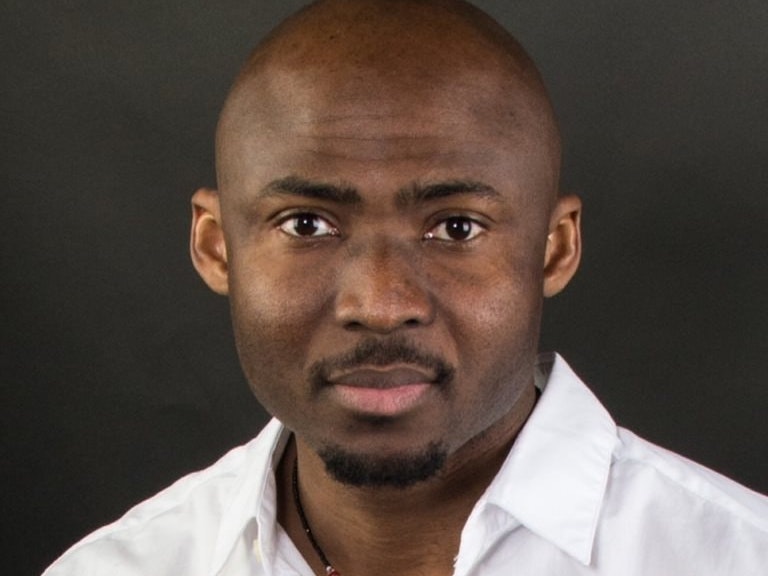 Will autonomous vehicles eventually integrate with traditional vehicles on our nation’s roadways? How will they account for pedestrians, cyclists and buses?
Will autonomous vehicles eventually integrate with traditional vehicles on our nation’s roadways? How will they account for pedestrians, cyclists and buses?
Lawrence Udeigwe, Ph.D., associate professor of mathematics at Manhattan College, recently received a grant to participate in a semester-long study to answer some of those questions. The program took place at the Institute for Pure and Applied Mathematics at the University of California, Los Angeles.
In the program, Udeigwe worked with a team on processing spatial data for a mobile autonomous vehicle obtained with cameras, radar, and Lidar (Light Detection and Ranging). He also helped build a data-driven dynamical system using machine learning and differential equations methods, and used that dynamical system to infer the safest driving trajectory of an autonomous vehicle.
“Autonomous vehicles and their impact on us humans and our transportation systems, incur some of the most complicated science and engineering challenges that we shall face in the near future,” according to the program description. “At the same time, there is some disconnect across the various research communities: professional product development is highly opaque, and public expectations and media communications are frequently inaccurate or exaggerated.”
Udeigwe’s participation in the program aims to address these problems by connecting research communities, bridging gaps between theory and practice, exposing software experts to hardware and vice versa, and bringing mathematicians, other scientists, and engineers together to shape the research and development agenda on autonomous vehicles, both in terms of individual and holistic components.
One of Udeigwe’s primary research interests is differential equations. In the classroom, Udeigwe emphasizes how differential equations are formed from real-world situations, collecting data from real-world situations and then solving the equations.
“Mathematics is a universal language,” Udeigwe explains. “It's very pure, very universal. You can extract mathematics from everything – measuring distance, temperature, time. You can measure how long anything takes you. You can combine all those things in a system of equations.”